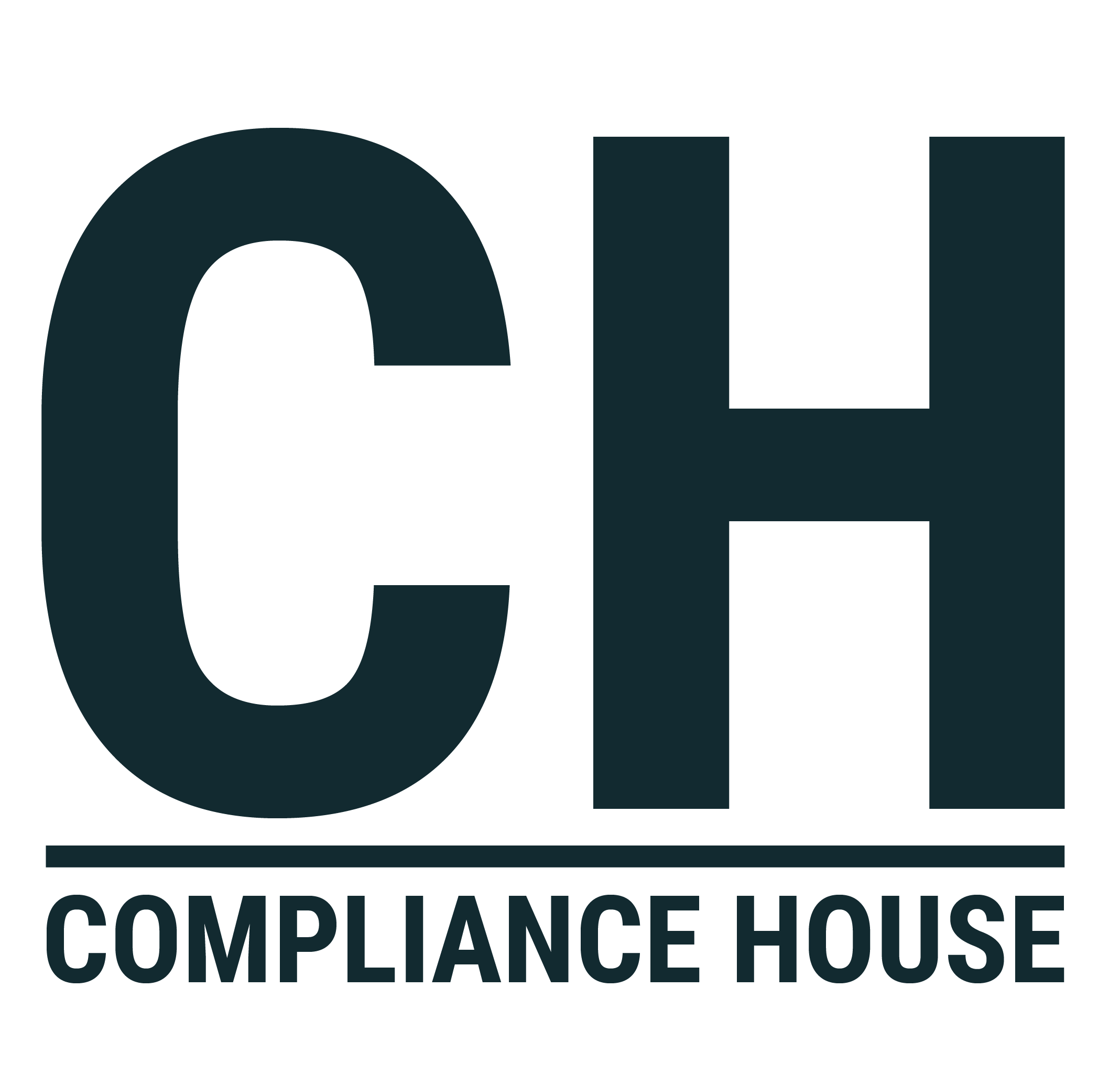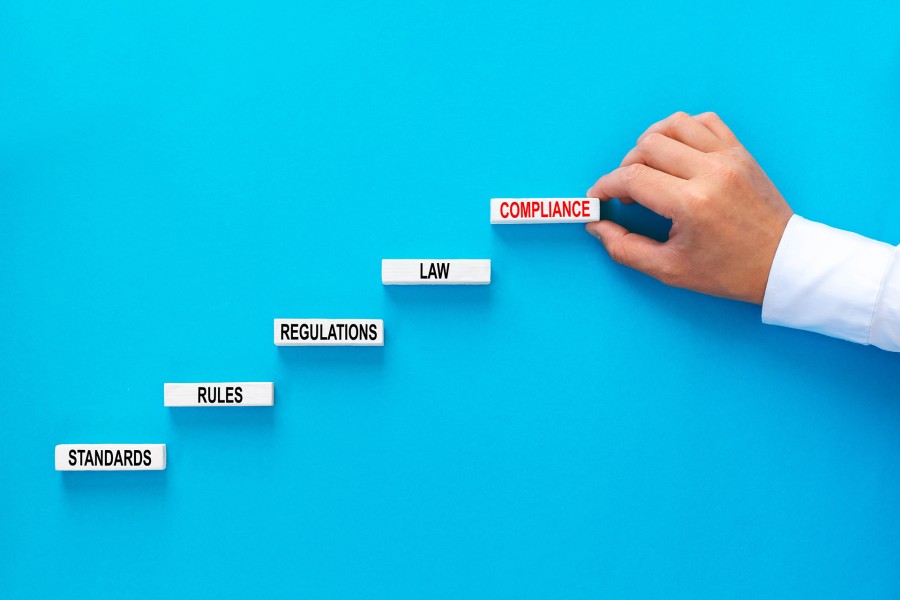Effective Implementation And Completion Rates
To gauge the efficiency of the compliance training, monitor the implementation and completion rates closely. How many employees complete the training within the given time frame? If completion rates are low, it could point to issues with the course structure, content complexity, or lack of engagement.
- Measure: Use data from your Learning Management System (LMS) to track the number of employees who start and finish the training.
- Improve: Consider revising course content, offering incentives, or employing more engaging teaching methods if completion rates are sub-optimal.
Learning And Retention Rates
Understanding and retaining the training material is paramount for effective compliance. You need to ensure that the course isn’t just completed but genuinely learned.
- Measure: Quizzes and tests can help assess the employees’ understanding of the material. Regularly scheduled follow-up quizzes can measure retention rates over time.
- Improve: If learning or retention rates are low, consider incorporating more interactive content, real-world scenarios, or varied teaching techniques to enhance understanding.
Knowledge Transfer And Learned Behaviours
Compliance training should lead to a change in behaviors, promoting adherence to regulations and guidelines. It is important to observe if employees are implementing what they learned in their daily activities.
- Measure: Monitor for changes in behavior, adherence to compliance protocols, and decision-making patterns in real-world work scenarios.
- Improve: If there’s a lack of knowledge transfer, consider role-play or scenario-based training to bridge the gap between learning and application.
Performance And Results
The ultimate goal of compliance training is to reduce risk and improve the performance of your organization. Thus, measuring business impact is crucial.
- Measure: Track key performance indicators (KPIs) such as a reduction in compliance-related incidents, fewer audit findings, or an increase in reported issues.
- Improve: If performance metrics don’t improve post-training, you may need to revisit your training objectives, content, or delivery methods.
Employee Feedback
Employee feedback is a valuable resource in evaluating the effectiveness of the training. Their insights can provide guidance on areas of improvement.
- Measure: Use surveys or interactive feedback sessions to gauge employee sentiment regarding the usefulness, relevance, and delivery of the training.
- Improve: Use this feedback to improve future training courses and delivery methods.
Remember, the ultimate goal is to create a compliance culture within your organization where employees not only know the regulations but understand their purpose and adhere to them in their day-to-day activities.
These evaluation methods will help ensure your training is effective and achieving its desired outcomes.






